Center for Quality Education Monitoring and Simulation Technology
The Center’s function is focused on international experience in the implementation of innovative technologies. One of the methods of introducing new innovative technologies is simulation training.
The head of the Center Sabirova Zh.N, together with experienced teachers Amanova E.G., Telibaeva A.A., conducted training sessions on simulation training among teachers of clinical disciplines on the topic “Bronchial asthma”, “Electrotrauma”.
The result of the training is to conduct open lessons:
- Amanova E.G – “Bronchial asthma”,
- Sagandykova Zh.M – “Ashyk zharagat”,
- Bekbosynova G.B – “Diabetes mellitus. Complications”.
Simulation training is based on the principle of “Learning by doing”.
Based on the results of advanced training by teachers of clinical disciplines, according to the “Simulation training”, a script is drawn up and introduced into the “muse” program of robotic simulators, according to which students practice their professional and communication skills.
In practical exercises, simulation training takes place in three stages:
1. Prebriefing. Introduction to the course, that is, students are given instructions on how to use the robot, according to the scenario, the purpose of the simulation and the conditions of the problem.
2. Simulation. When working with the “Simulation patient”, the teacher loads the clinical scenario and, at his command, the computer “patient” realistically simulates the clinical picture with a set of symptoms characteristic of the given pathological state. Students practice communication skills, collect complaints, anamnesis, demonstrate professional skills according to standards.
3. Debriefing. At the end of the educational process, the analysis of the “Simulation” is carried out with the participation of teachers, experts and the participants in the simulation.
The purpose of the debriefing is to help students retrospectively critique their actions during the simulation. Questions are asked and students give self-assessment:
- What are your impressions?
- What happened?
- What didn’t work out? Why?
- What would you do differently? What happened?
- What worked well and why?
- What went wrong and why?
During the debriefing, video footage is used to view certain scenes and are thus objectively assessed.
In the learning process, the “Simulation training” method effectively contributes to the development of clinical thinking and the acquisition of basic skills through training, adaptation to the conditions of the hospital in the course of further practice.
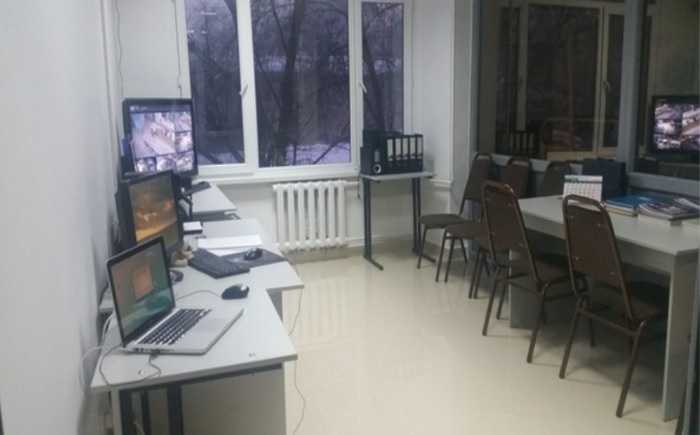 Briefing Rooms
Briefing Rooms
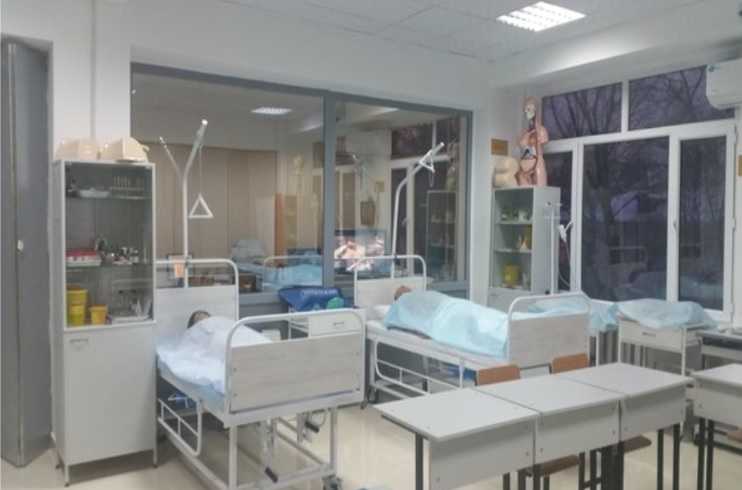
Department of Internal Medicine
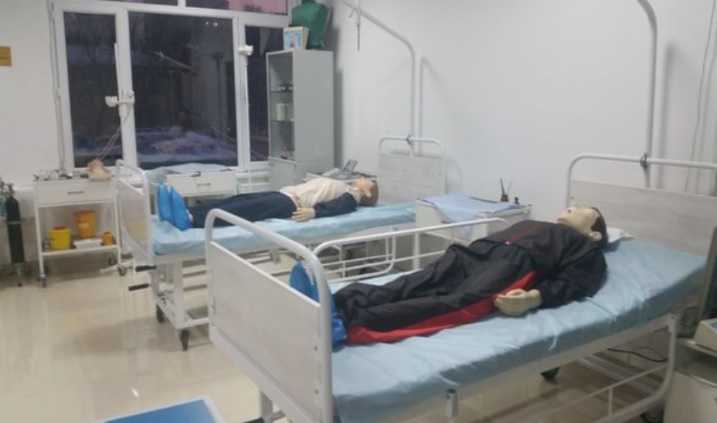
Department of Surgery

Department of Obstetrics and Gynecology (Robot Simulator)
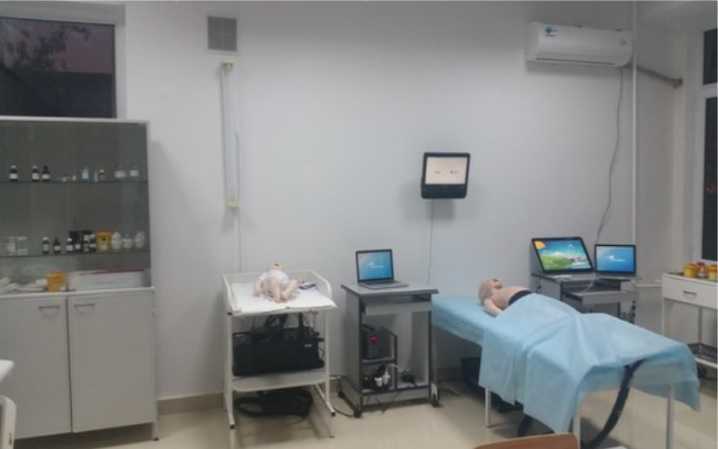
Department of Pediatrics (Robot-simulators “BABYSIM”, “PEDIASIM”)
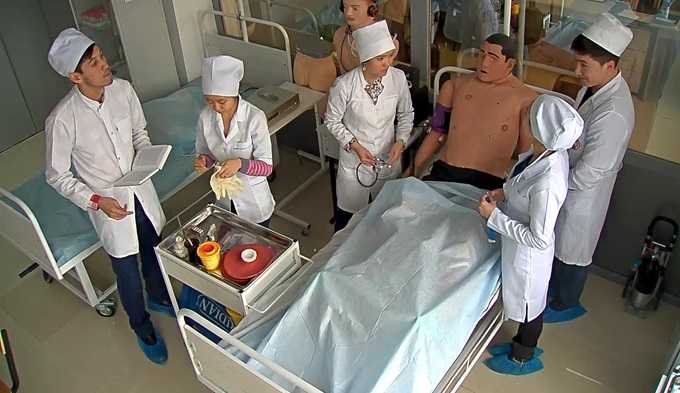
Robot simulator «METIMAN»
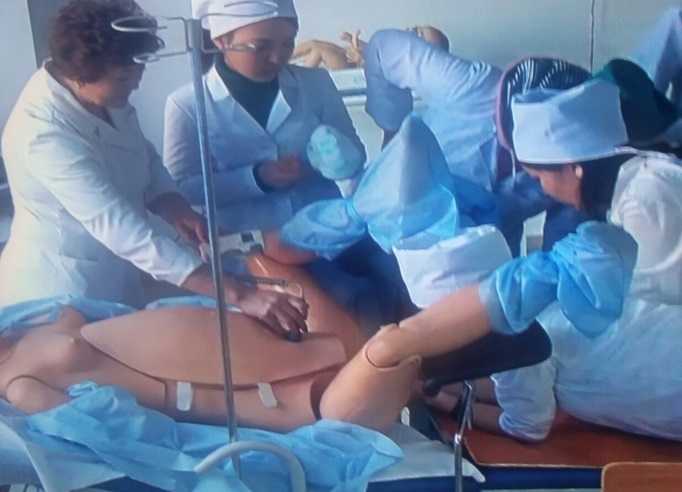
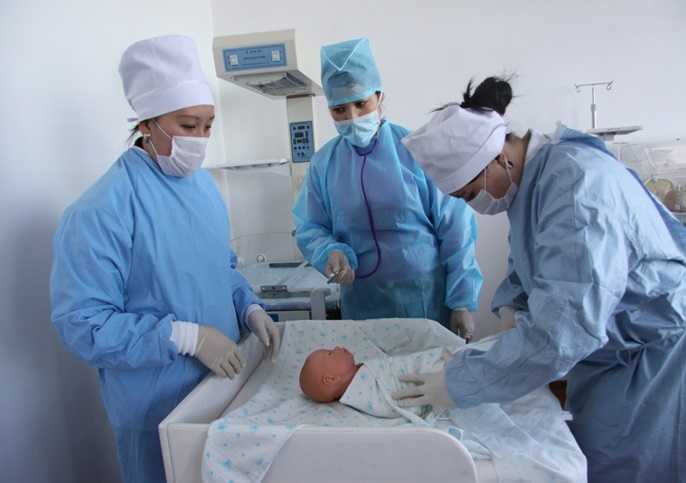
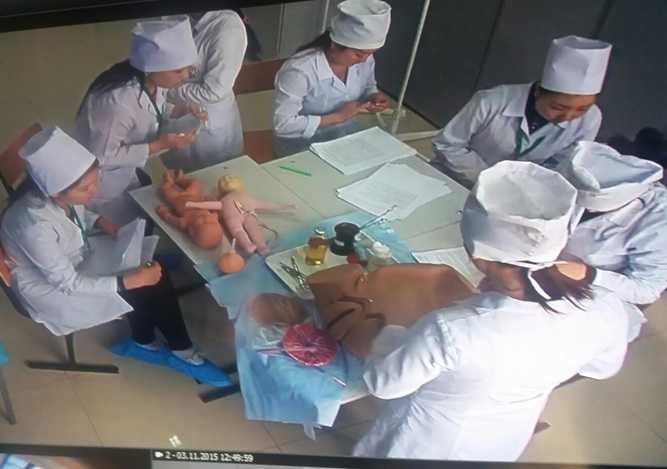
«NOELLE» – robot simulator

